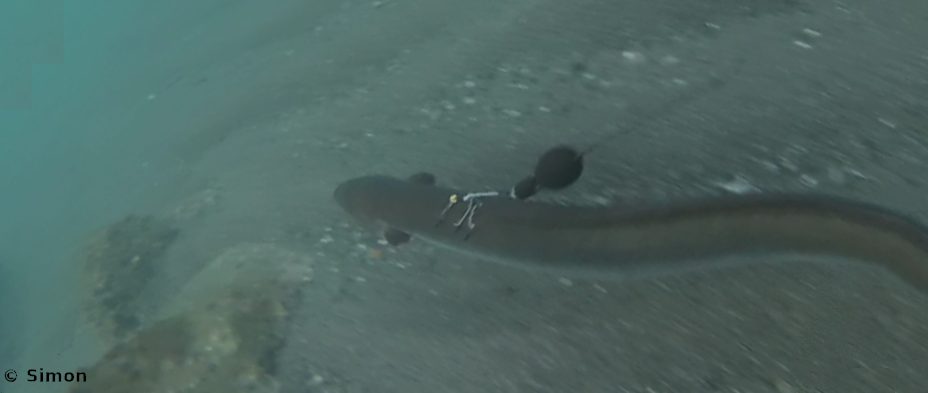
May 10, 2022 | Fish, News, Wildlife Monitoring
Analysis of migrating eels’ tracks can provide with estimate of the rate of predation on them. It seems that half of the migrating silver eels released on the French Mediterranean coast can be consumed by marine mammals before reaching the Gibraltar Straight....

Apr 20, 2022 | Land Animals, News, Wildlife Monitoring
A number of animals are migratory. The hares do not leap to mind when listing migrating animals. However, satellite telemetry confirms arctic hares very probably migrate in Northern Canadian Arctic. A lot of questions have still to be answered on these potential...
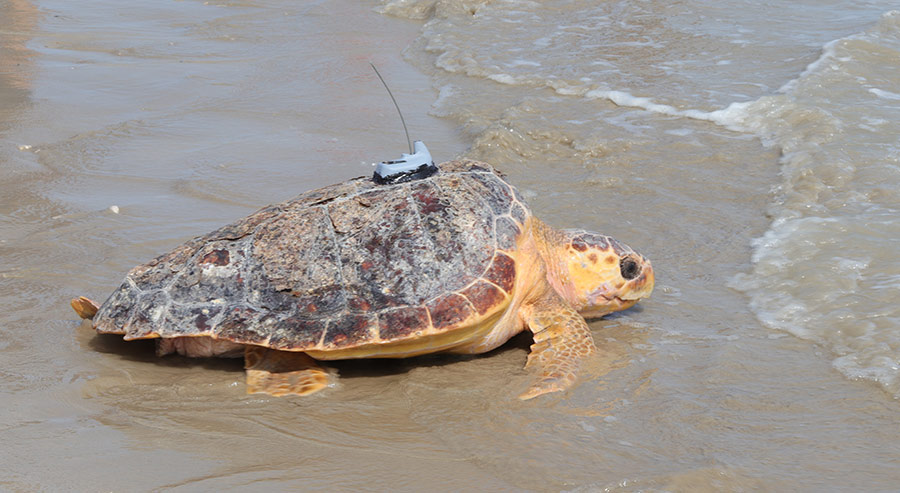
Apr 14, 2022 | Marine Animals, News, Wildlife Monitoring
Juvenile sea turtles are cared and rehabilitated at Aquarium La Rochelle, in France. Since 2008, a few of them were equipped with Argos PTTs before being released. Analysis of their tracks could help understand if they were trapped in a nutrient-rich but cold in...
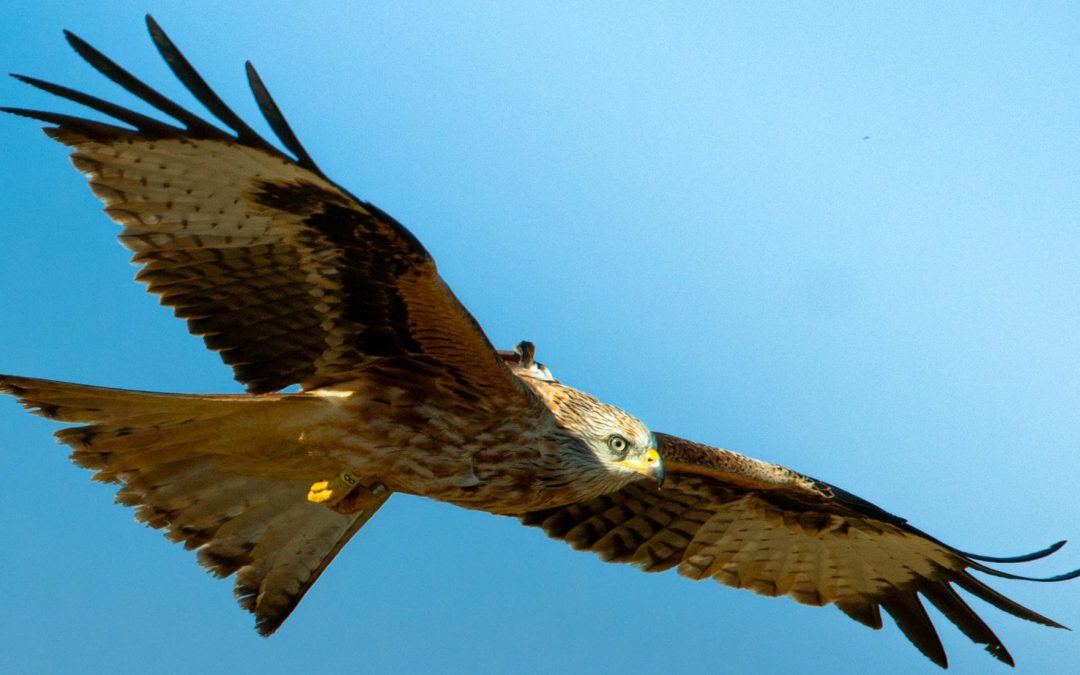
Mar 31, 2022 | Birds, News, Wildlife Monitoring
Red kites are medium-sized partially migratory raptor. They often winter in Spain, but their behaviour there and during those non-breeding periods have not been extensively studied using satellite telemetry. A team used PTTs to understand better this season for those...
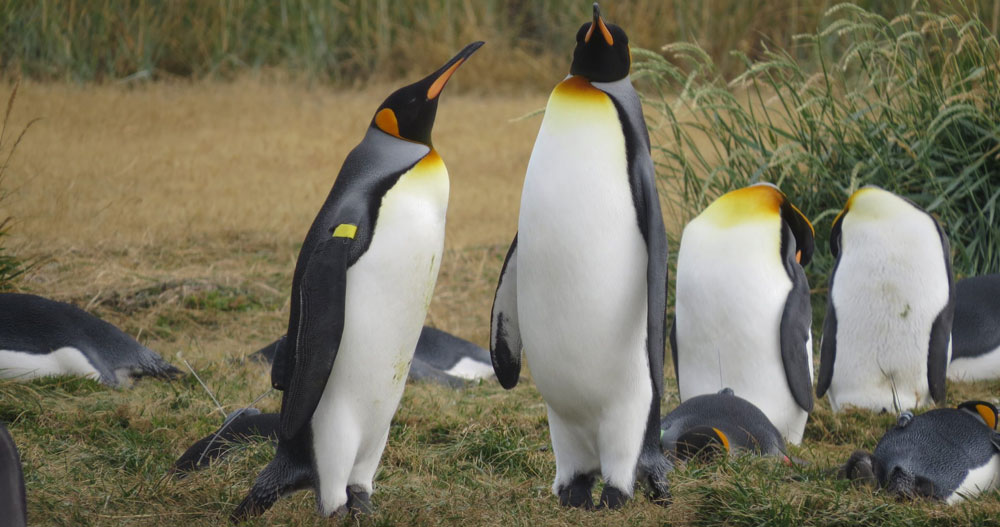
Mar 14, 2022 | Birds, Marine Animals, News, Wildlife Monitoring
King penguins are living around Antarctica, breeding on some of the sub-Antarctic islands. A new colony seems to have been established in Magellan strait, showing the high plasticity of the species. Argos enables to better understand the new colony behaviour. King...
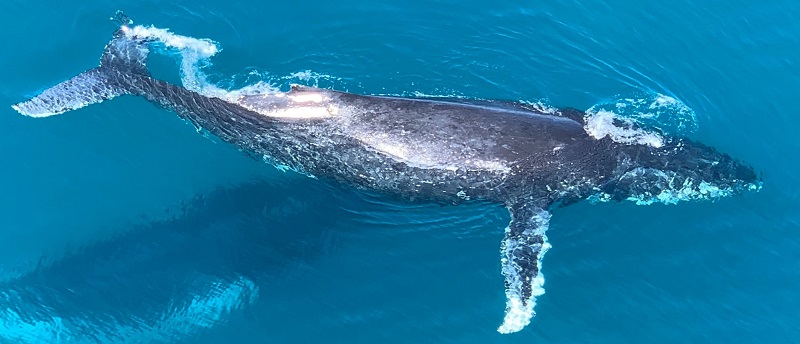
Mar 2, 2022 | Marine Animals, News, Wildlife Monitoring
WWF has just published a report using 30 years of tracking for a meta-analysis of whale migration routes over all the oceans. This map of “migration highways” should help in protecting whales in general, but also the whole oceanic ecosystem, since they are a key...







